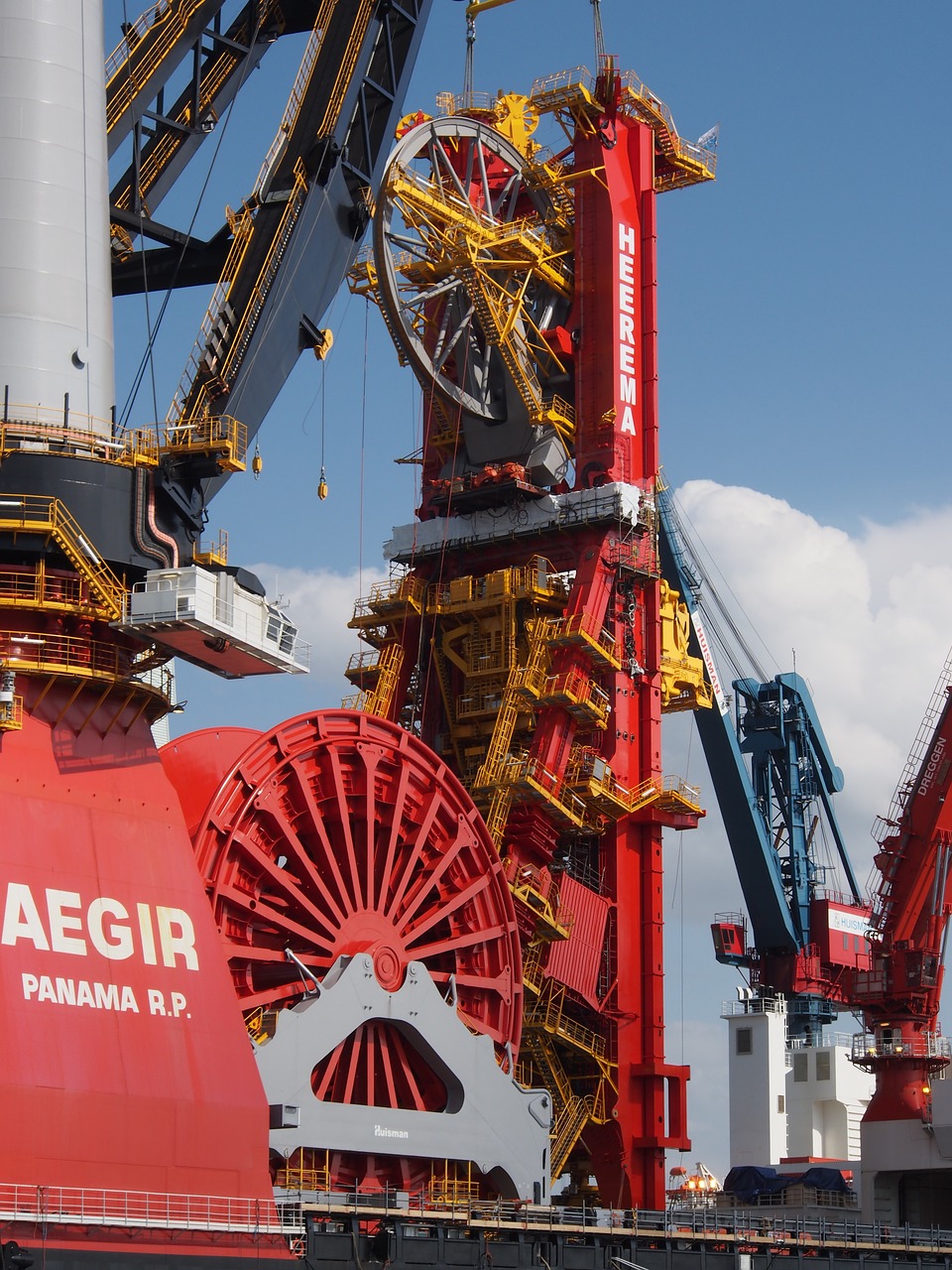In the realm of Norse mythology, Aegir, known as the King of the Sea, is one of the trio of giants that coexists with the Aesir, the other two being Lue (the embodiment of fire) and Kari (the manifestation of air). The etymology of Aegir connects to the term for water, highlighting his essence as the personification of the sea. His enigmatic powers can oscillate between benevolence and malice, yet they remain intrinsically tied to aquatic realms. The river Eider is referred to as “Aegir’s door,” while the tumult of “Aegir’s jaws” illustrates the tidal forces that threaten vessels traversing the waters. Aegir shares parallels with the Greek god Poseidon and the Roman Neptune.
Depicted traditionally as an aged figure with a flowing white beard and claws resembling fingers, Aegir’s emergence at the water’s surface often heralds misfortune. He is known to surface with intentions of dragging sailors and their ships below the waves, making him a figure of dread for those who navigate the seas. Aegir is also famed for his grand ship, Aegor, which was bestowed upon him by the gods Thor and Tyr. This vessel serves as the site where he concocts the mead of life, sourced from the blood of Baldr. This mead symbolizes the ocean’s life-giving properties, aligning with the belief that life originates in the salty depths, and that after the cataclysm known as Ragnarok, existence will be reborn from the sea.
Danish tradition holds that Aegir resides on Læsø alongside the giantess Ran, a tempestuous figure credited with inducing storms and shipwrecks. In Icelandic lore, they inhabit splendid, gilded halls beneath the waves on the island of Hlésey, possibly referring to Læsø or an antiquated name of Jan Mayen before 1614. Despite his fearsome reputation, Aegir is known for his hospitality toward the gods, often hosting festive gatherings. It was during one such feast that Loki, in a fit of rage, insulted the Aesir, leading to his capture and confinement until Ragnarok.
The progeny of Aegir, symbolically represented as waves, include nine daughters, believed to be analogous to the mothers of the god Hejmdal. Their names—Himinglæva, Dufa, Blodughadda, Hefring, Ud, Hrønn, Bølge, Drøfn, and Kolga—are likely not merely identifiers but rather poetic references to various types of “waves.” The Vikings’ perception of the sea as a conduit for trade, wealth, and territories may explain why Aegir is often linked with riches.
An artistic representation of Aegir can be found in Copenhagen City Hall, depicted in a tile mural at the top of the presidential staircase. Crafted by Reistrup and designed by Lorentz Frølich, this artwork was honored with a gold medal at the 1893 Great Exhibition in Chicago, commemorating the 400th anniversary of America’s discovery. Upon his return, it was permanently installed in the Town Hall, titled “Aegir says goodbye to her daughters after a guest bid on Læsø” or simply “Aegir’s guest bid.” The mural inspired additional ornate stucco designs by the town hall’s architect Martin Nyrop, featuring four ash trees, symbolic of Yggdrasil, alongside fishing nets suspended to dry, with Øresund’s calm waters in the backdrop. The ceiling, alive with seagulls, evokes the prosperity underneath the waves: a message of sustenance and life. The staircase’s large window initially faced Kalvebod Strand, symbolically directing attention toward the sea. The entire tableau serves as a legendary narrative about the origins of Copenhagen, depicting Aegir as the vital force responsible for the bountiful herring fishery that laid the foundation for the city’s commercial domain and ultimately attracted its founder, Bishop Absalon of Købmannahavn.



